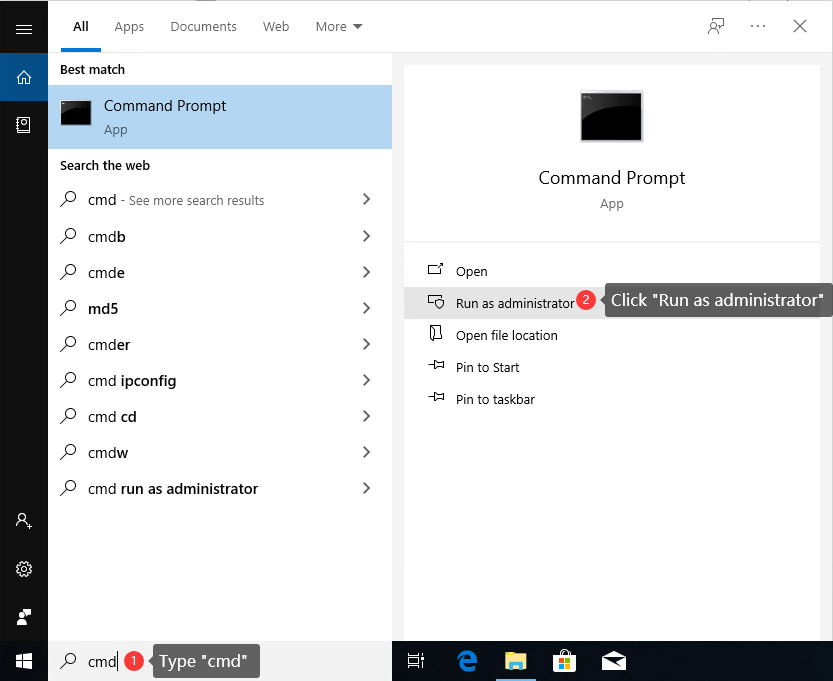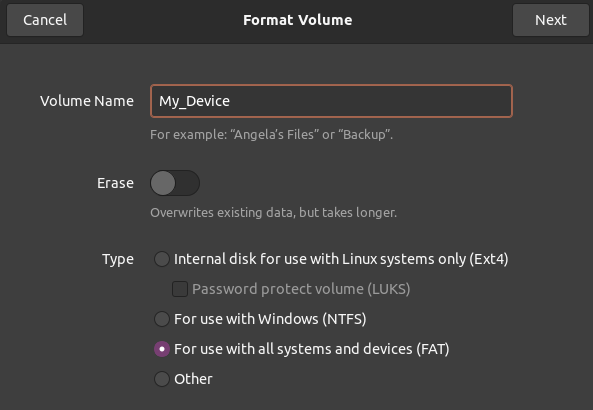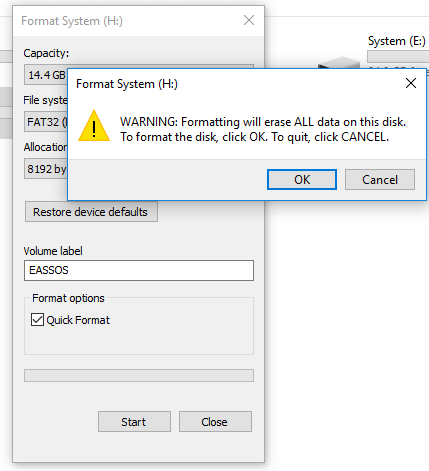Format Usb Drive Ext4
Updated on May 13th, 2021
This article discuss how to read and mount ext4 partition in Windows 10/8/7. Windows does not natively support ext4, ext3 and ext3 file system format, it cannot access ext4 partition without the help of additional application. If you want to fully access data in ext4 partition in Windows 10/8/7/XP, please keep reading to lean the solution.

I'm going to try again after reformating the drive through the ReadyNAS UI (click on the drive's gear, then Format- EXT4). The last time I tried this, the format never completed, but it seems to this time so I'll see if formating it through the ReadyNAS UI fixes the read-only filesystem problem. FYI, the USB disk is 2T while I've got 909GB. There are two steps. First you have to create the partition, then you have to build the filesystem on it. From the CLI as root, the following commands will format, and build a ext2 filesystem on a USB stick. Stick the disk in. Run dmesg and note the new drive added. Format with EXT4 File System sudo mkfs.ext4 /dev/sdc1; Similarly, you can format USB Flash drive with any required file system. In this tutorial, you have learned to format USB drive on Linux system via command line interface. Run AOMEI Partition Assistant. Right-click a partition of the disk you want to format and select Format Partition. Choose Ext4 in the File System list and click OK. Format a disk partition with the ext4 file system using the following command: sudo mkfs -t ext4 /dev/sdb1 2.
The EXT (Extended File System) file system includes members like ext2, ext3 and ext4 which are used by Linux operating system. Users who work with multiple platforms are family with them. Linux is one of the popular operating systems, and it is widely used on all kinds of routers, gateways, NAS (Network Attached Storage), servers, Internet of things, etc. Many users would like to dual-boot Windows / Linux system, and some partition might be formatted as Linux filesystem for example, ext4. In that case, the problem that Windows cannot read and access ext4 partition directly. Windows uses NTFS or FAT32 file system and it does not have built-in support for extended file system (ext2/3/4). Thus if you connect a drive containing a partition that have been formatted as ext4, it won’t recognize it. Thus you cannot read data in the ext4 volume.



Some user may advise that since the computer is dual-boot and you switch between Linux and Windows system so that you can mount and read ext4 partition in Linux. However, that is not convenient in some situations, for example, your computer has booted to Windows and you connected a hard drive or USB disk which is formatted to ext4 and you need to read files on it immediately; or the Linux system is corrupted and you want to retrieve files on Linux partitions. Then you need to mount and read ext4 in Windows 10/8/7. We all know that Windows does not provide support for Linux filesystem, but fortunately some third-party partition management software can help mount and read Linux partition from Windows. Next section includes information about ext4 explorer software which can help you access data easily.
Though Windows cannot read Linus partitions directly, you can use third-party software to access ext4 partition in Windows10/8/7 operating system. Here we recommend DiskGenius (old name Eassos PartitionGuru)to fulfill the task.
Format Usb Drive Ext4 Windows 10
DiskGenius is an effective Windows partition management tool which adds support for ext2, ext3 and ext4 file system. With this software you can mount, read and write data in ext4 partition under Windows 10/8/7. The advantage is that you have full access to files and folders in the ext4 Linux partition directly. Let’s see main features of ext4 explorer software:
- Create ext4/3/2 Linux partition in Windows
- Support the latest Windows 10, both 32 bit and 64 bit.
- The built-in hex editor fully support ext2/3/4 filesystem
- Resize ext4 partition without data loss
- Backup & restore ext4 partition
- Clone ext4 Linux partition
- Ext4 partition recovery – restore lost / deleted ext4 partitions
- Recover lost or deleted data from ext4 partition
- Connect the hard drive or USB drive that contains ext4 partition to your computer which has boot to Windows.
- Install and launch DiskGenius. Then you can view all disks and partitions on the computer.
- Select the ext4 partition and you can see partition parameters in details, such as file system type, used space, cluster size, total sectors, block count, volume GUID, inode count, etc.
- Select the ext4 partition and click Files Now you can see all data in this selected ext4 volume. Select a file and you can see a thumbnail preview in the lower part. Double click the file you can view the file in its original size.
- You can copy files to other partitions by right-clicking selected file and choosing “Copy To”.
- Select “Sector Editor” tab to open hex editor. Sector editing is available on ext4 partition, and you can copy block, Goto sector/byte offset, clear block, etc. on ext4 volume.
Format Usb Drive Ext4 Linux
You can write new files to ext4 partition through DiskGenius Professional Edition easily. Right-click the empty area of the partition and select “Copy Files To Current Partition”, then you can select files and save them to current Linux partition. Besides, you can create new folders in this partition, rename files or delete files you do not need.
Format Usb Drive Ext4 Free

Linux Format Usb Drive Ext4
This instruction introduces an easy solution to help Windows users read ext4 partition without booting computer to Linux operating system. DiskGenius is useful and powerful Windows partition manager software and it is also a great Linux reader for Windows. Besides, it provides many other functions like files recovery and data backup. If you have any question about reading /mounting ext4 in Windows or related to the software, please feel free to contact us.